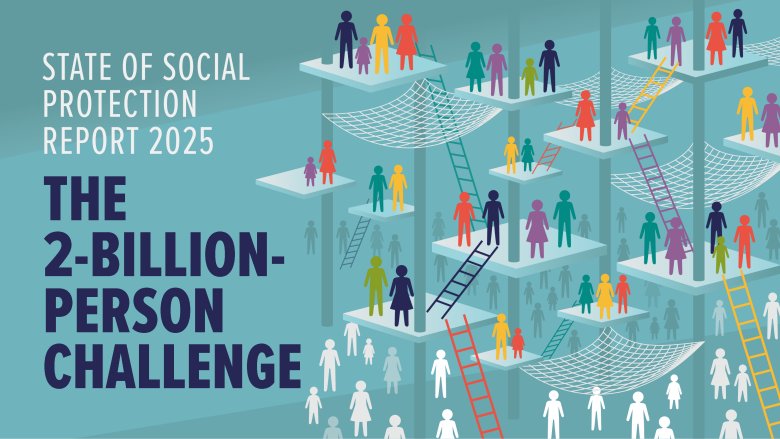State of Social Protection Report 2025
State of Social Protection Report 2025 was released recently by the World Bank. It reveals that 1.6 billion individuals receive no social protection at all. As of 2025, nearly two billion people in low- and middle-income countries lack adequate social protection. The report emphasises the urgent need for reforms to address these gaps and improve the lives of the poor.
Current State of Social Protection
According to the report, over 80 per cent of people in low-income countries (LICs) lack access to social protection. In lower-middle-income countries (LMICs), more than 30 per cent are inadequately covered. The crisis is more pronounced in sub-Saharan Africa, where over 70 per cent of the population has no access to any form of social protection.
Economic Development and Coverage
The level of social protection is closely linked to a country’s economic development. LICs show the steepest gaps, with nearly 80 per cent of individuals receiving no assistance. In contrast, upper-middle-income countries have better coverage, with only 11 per cent entirely excluded. However, the absolute number of people without help is larger in middle-income countries due to their population size.
Progress and Challenges
Between 2010 and 2022, LICs and LMICs made progress in expanding social protection. Coverage increased from 41 per cent to 51 per cent. Most advancements stemmed from social assistance programmes like cash transfers. Despite improvements, gaps remain, with 75 per cent of people in LICs still lacking coverage.
Future Projections
If current trends persist, it may take until 2043 to fully cover those living in extreme poverty. The report warns that without acceleration, achieving Sustainable Development Goals by 2030 will remain unattainable. Climate change exacerbates vulnerabilities, potentially pushing an additional 130 million people into extreme poverty.
Financing and Resource Allocation
Countries currently spend an average of 5.3 per cent of their GDP on social protection. High-income countries spend more, creating disparities in support. Most low-income countries allocate only 0.8 per cent of GDP to social assistance. Redirecting subsidies from fossil fuels and agriculture could free up resources for targeted support.
Recommended Strategies
To bridge the social protection gap, countries must adopt tailored strategies based on their specific contexts. Low-income nations should focus on expanding targeted assistance and economic inclusion programmes. Building integrated systems that are climate-resilient and digitally enabled is crucial for timely support during crises.
Month: Current Affairs - April, 2025
Category: Reports & Indexes Current Affairs








